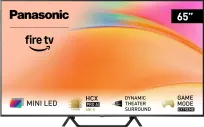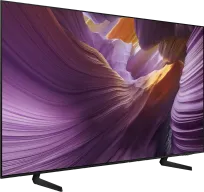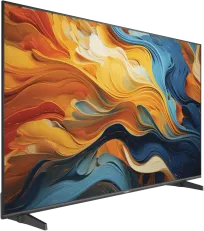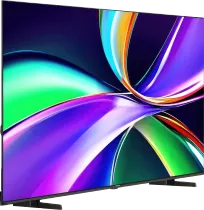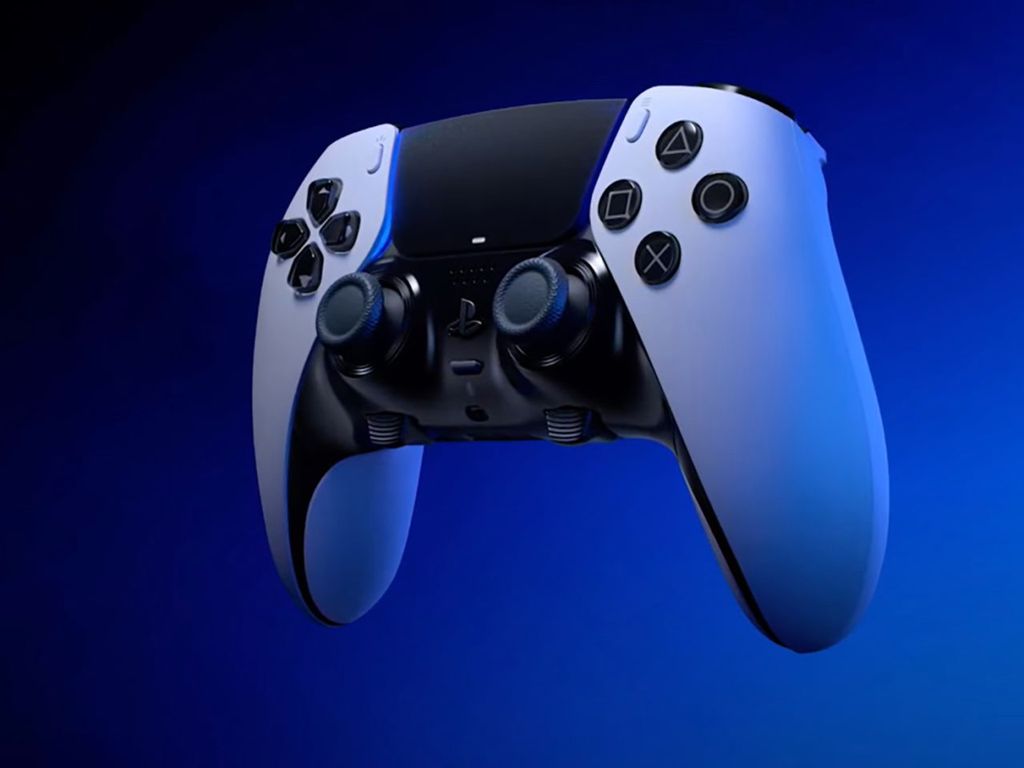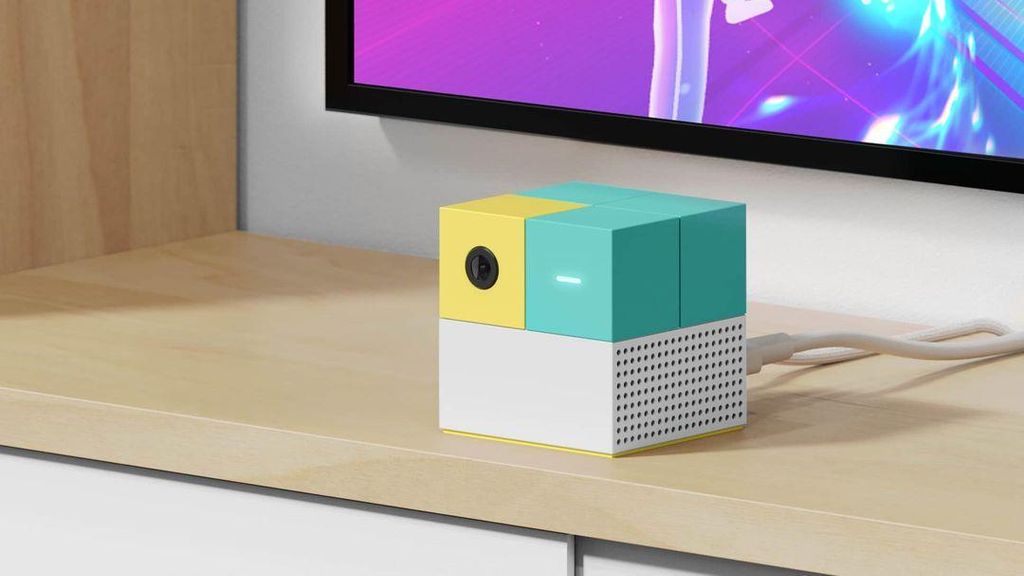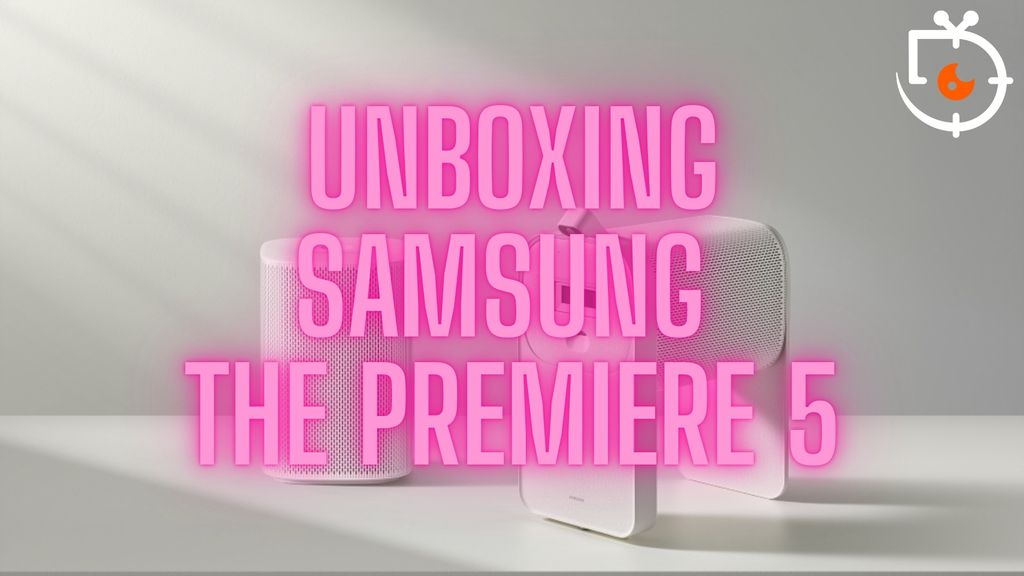
Have you ever wondered if an image projected onto a wall or surface could respond to touch? That you could scroll through pages, play games, or paint without touching a physical screen? Until recently, this sounded like a script from a science-fiction film to us as well. Everything changed when we received equipment that makes you reconsider this entire category of devices. Presenting Samsung The Premiere 5 – a projector that is so much more than that. Join us for our unboxing and first impressions!
What is in the box of The Premiere 5?
Upon opening the minimalist packaging, the device itself comes into view. The design immediately reveals its affiliation with Samsung's "lifestyle" product family – it is modern and aesthetically pleasing. In addition to the projector itself, the package includes the necessary cabling and a remote control. It's time to connect the equipment and see what its magic is all about.
Magic on the Kitchen Counter
Let's start with the feature that makes The Premiere 5 so unique. Imagine the situation: you are in the kitchen, a recipe is displayed on the counter. Your hands are dirty with flour and you need to scroll the page. Instead of dirtying your phone or tablet, you simply wave your hand over the counter. The image obediently scrolls the content. After a few moments, this kind of control seems surprisingly natural. However, this flexibility isn't just for work. When you need to take a break because the dough needs to rise? The same counter, in literally a few seconds, becomes a board for a quick, relaxing game similar to Candy Crush. Moreover, a coffee table or a piece of wall can turn into a digital canvas. This is a great option for kids, who can paint without worrying about paint stains, but we admit – it was also great fun for us.
Projector in Full Swing
Alright, the interactive features are really clever. But they wouldn’t matter much if The Premiere 5 failed in its basic role. Fortunately, that is not the case. First and foremost, this is an ultra-short throw projector (UST). This means it doesn’t require any complicated ceiling mounts. You just need to place it around 22 centimetres from the wall to get a sharp, 60-inch image. When we move it back to just under half a metre (exactly 43 cm), it becomes quite a solid 100 inches. Importantly, we don’t have to worry about configuration – the image geometry and sharpness adjust automatically.
Image Quality, Sound and Smart TV
The heart of the device is a triple laser, which the manufacturer claims has a lifespan of 20 thousand hours. In practice, this means years of peace without worrying about replacing the lamp. The image has a resolution of Full HD and a brightness of 560 lumens, which is more than enough in rooms with controlled lighting (e.g. with closed curtains or in the evening). And the sound? The built-in speakers, with a power of 10W, are simply present and functional. They are sufficient for watching something briefly, but let’s be honest – for a movie screening, it's better to connect an external soundbar. Fortunately, this is enabled by the eARC port or the built-in Bluetooth.
Aside from the picture itself, we also have a complete smart system here. The whole thing operates on the well-known and beloved Tizen OS from Samsung. Access to key streaming applications (Netflix, HBO Max, YouTube, etc.) is guaranteed. Integration with other devices through SmartThings is, as is typical for Samsung, extremely straightforward. For gamers, a motion smoothing feature called Game Motion Plus has even been added.
Who is this equipment for?
After spending a few days with The Premiere 5, we know one thing: it definitely does not target purists of home cinema, searching for reference-quality 4K in a specially prepared room. This projector should be treated similarly to its cousin, The Freestyle. It is a device for someone who values versatility, creativity, and clever solutions woven into everyday life. It is a proposal for those for whom flexibility and ingenuity are just as important as the quality of the image itself. It is a fascinating hybrid that, on one hand, delivers a large image for films, while on the other, opens up entirely new, interactive possibilities.
We are very curious about what you think of such a hybrid approach. Do you see a place for it in your homes? Let us know in the comments!
 Katarzyna Petru
Katarzyna Petru
